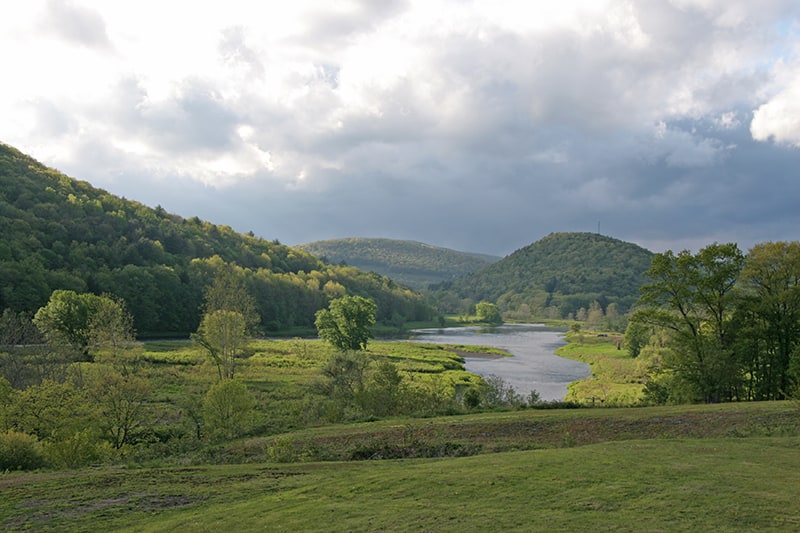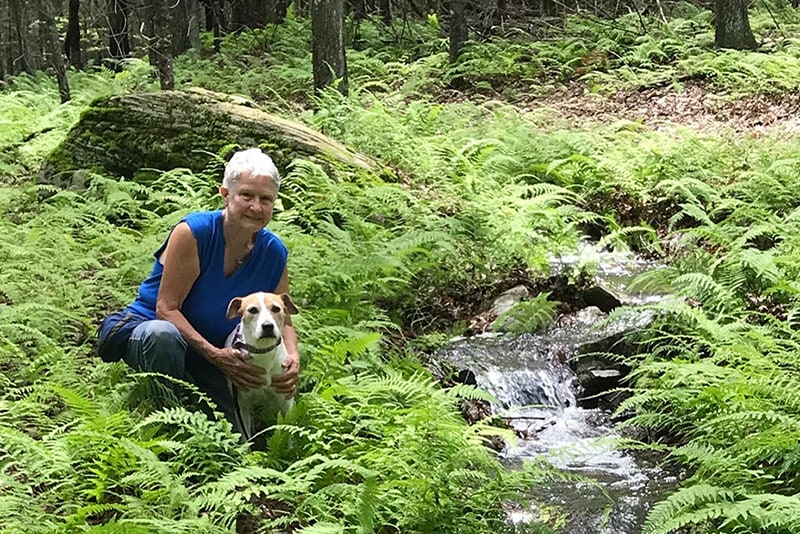Tearing Down a House & Getting a Tax Break
Roy and Joann are indeed unusual landowners. Both are creative professional photographers and share a love of the natural world. Three years ago they bought a 154-acre property adjacent to their home that included most of a lake that they treasured. Those 154-acres were already protected by a conservation easement, put in place by the previous owner. Roy tore the cottage down to improve the natural scene. The Morschs then chose to give similar protection to their original 40 acres, knowing it was an opportune time to do it.
They had recently sold a property in a distant city—one that had greatly appreciated over the years–meaning a big capital gains tax payment to the IRS. To help offset some of this tax, Roy and Joann worked with Delaware Highlands Conservancy to draft a conservation easement, similar to the one already in place on the 154-acre tract, to forever protect their original 40 acres from subdivision or development.
By donating this easement to the Delaware Highlands Conservancy they meet two goals: 1) Once recorded, this new easement completes the protection of their entire 194-acres forever; and 2) The value of the easement is fully deductible from their income taxes this year, and if necessary for up to five more years. This means they can significantly reduce their capital gains tax.
Like the older easement on the 154-acres (which brought significant income tax deductions to the owner when it was donated to Delaware Highlands Conservancy), the greatest benefit is not so tangible. Both easements ensure the protection of native wildlife habitat for plants and animals, secure water quality protection, and preserve an area of extraordinary beauty, far into the future.
Photos by Roy Morsch.









